What is it and what characteristics does it have?
As the name implies, cork is made from the bark of a cork tree: it is crushed, heated, and pressed. As a result, even layers are obtained, consisting of individual granules.
In production responsible manufacturers do not use chemicals (including adhesive mixtures). Cork chips stick together by themselves, because it contains 40% suberin - it simultaneously provides elasticity and glues fragments together. Strength is provided by lignin (30%), relief - by the presence of 10% oligosaccharides.
Important! The production of this floor covering is 100% environmentally friendly - cork oaks are not cut off, but simply removed from the dead bark: after a while a new one grows in its place.
In the photo there is a light cork in a Scandinavian studio
Cork is an amazing material. Its structure contains millions of nitrogen cells, providing unique list of characteristics.
Any cork product has:
- waterproofness,
- hypoallergenic,
- antistatic,
- elasticity.
Cork floors are a guarantor of heat and sound insulation, strength, and reliability.
Pros and cons
Benefits cork coverings:
- Naturalness... Like any natural material, cork perfectly regulates the microclimate in the room, absorbing excess moisture and giving it away as needed.
- Thermal insulation... The thick cork floor allows you to save on additional heating: walking on it is comfortable even with bare feet.
- Soundproofing... Do you dream of getting rid of the noise of your neighbors? Natural cork, from 4 mm thick, perfectly absorbs sounds.
- Benefit... According to a 2005 study, walking on a springy surface has a beneficial effect on the condition of the joints and the spine.
- Moisture resistance... Solid veneer is absolutely not afraid of water, it is used even in bathrooms.
In the photo there is a dark adhesive floor
The list of merits clouded a little disadvantages:
- Low resistance to mechanical damage... Thin heels or animal claws damage the relatively soft cork floor.
- Limited range of colors... The standard range is yellow, reddish brown, light. Cork bark laminate has a larger assortment, but it is also inferior in choice to the usual one.
Two more factors cannot be unambiguously attributed to plus or minus:
- Price... The cost varies, a high-quality floating cork floor will cost about 1200 rubles. It is more expensive than linoleum, but cheaper, for example, vinyl tiles.
- Deformation... Since the surface is soft, it is squeezed from the legs of the upholstered furniture. But manufacturers claim to restore the coating some time after the furniture has been removed. Ultimately, the ability to return to its original form depends on the thickness and quality of the material.
Types of flooring
Fine cork floors are available in 2 formats:
Adhesive cork boards
Sizes and shapes vary from small squares 30 * 30, to impressive rectangular lamellas 91 * 30 cm.The thickness varies between 3-6 mm.
Adhesive tiles are considered professional finishing materials. It is more difficult to lay them, in addition to lamellas, you need to buy additional glue and varnish. But thanks to its decorative appearance, it is easier to adjust it to the desired design.
Benefits solutions:
- easily tolerates changes in temperature, humidity;
- not afraid of water;
- suitable for damp, unheated spaces;
- laying can be done in a joint with ceramic tiles, laminate.
Of cons - the need for thorough preparation of the base (any irregularities will be visible on the finish coat), the complexity of laying.
In the photo, oak bark laminate in the kitchen
Castle cork laminate
Since the cork floor is laid without glue (the lamellas are held together with a lock), it is also called floating.
For the production of modern cork coverings with a lock, 3 layers are used:
- lower compensating cork,
- middle basic from HDF or MDF board,
- upper decorative from cork veneer or agglomerate.
The surface is protected with a layer of varnish or a wood-imitating print. The latter allows you to make a laminate from cork of any color or pattern.
Dignity floating cork floor:
- just fits;
- does not require careful preparation of the base;
- ready for use: no problems with varnishing.
Disadvantage only one: locking slats, no matter how expensive and high-quality they are, are suitable only for dry rooms.
Care Tips
Cork is no more difficult to maintain than laminate or linoleum.
- Once every 5-7 days, it is vacuumed or swept, and also wiped with a damp mop.
- Take a soft cloth for washing floors, before starting work, it should be carefully wrung out - the bark does not tolerate an excess of moisture.
- Pull out the brush on the vacuum cleaner attachment - the plastic tip leaves scratches.
- In the arsenal of cleaning agents, it is imperative to have special stain removers: due to the porous surface, the floor material has an increased ability to absorb. If various contaminants are not removed immediately, the floor will quickly become unusable.
Like any natural material, cork needs periodic renewal. To do this, remove the old varnish with a grinder, process it with a new layer, and allow it to dry. Sanding will also get rid of small scuffs, dents, shallow stains.
How does it look in the interior?
Cork flooring can be installed in most rooms. Let's look at the main options for using in the interior.
Cork floor in the living room - neutral, practical option. Especially if you are not an adherent of permutations and the sofa is unlikely to move somewhere from its rightful place. Otherwise, you will have to wait until the dents from its legs "overgrow" on the surface.
Cork does not conduct heat well, which keeps the outside warm. And what could be nicer than standing with bare feet on a pleasantly warm surface? Another advantage that is relevant for quality sleep is environmental friendliness. Breathe in such bedroom more pleasant than covered with laminate.
In the photo there is a cozy nursery with a warm floor
Cork can be considered ideal for a nursery: it is environmentally friendly, safe, soft, elastic. The only drawback is the low resistance to damage from sharp objects - even a LEGO brick can cause damage to the floor covering.
For housewives who spend a lot of time cooking, the springy surface of the floor is indispensable. The elastic cover will take care of your back and knees, which is important when you have to stand on your feet for a long time. Another plus - a plate or cup falling on a soft flooring is more likely to remain unharmed. Cons for kitchen only 2: the bark absorbs odors and then emits them, as well as stains: it will not be easy to wash coffee or beets.
In the photo, the floor is in loft style kitchen
In the hall it is better not to use it as a single option - it is difficult to wash out dirt from a porous structure. And constant contact with moisture will lead to attenuation. But if you combine cork flooring with ceramic tiles, you get a stylish, cozy room.
The plug itself is not afraid of water, but moisture trapped under it will lead to the formation of mold in bathroom... To avoid this, an adhesive version with sealed joints and a carefully prepared base is used as a flooring.
Whether or not there is a traffic jam in the apartment - everyone decides for himself. But before making a final decision, see the examples of cork floors in the photo in the gallery!

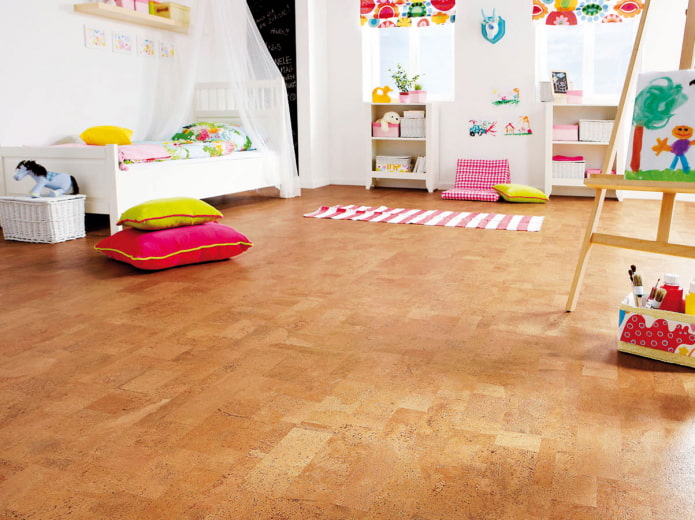
 10 practical tips for arranging a small kitchen in the country
10 practical tips for arranging a small kitchen in the country
 12 simple ideas for a small garden that will make it visually spacious
12 simple ideas for a small garden that will make it visually spacious

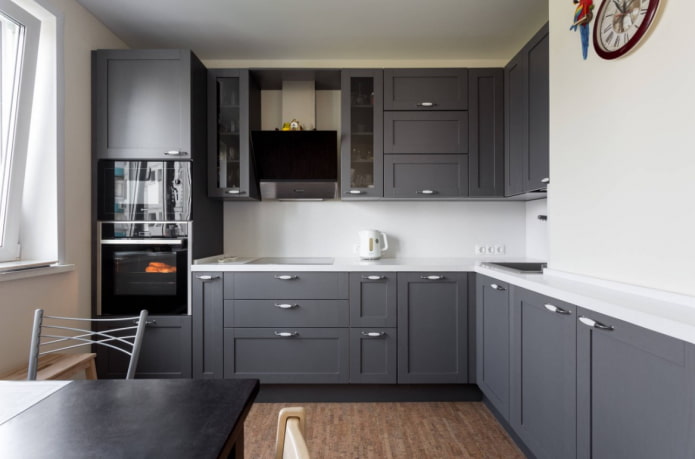
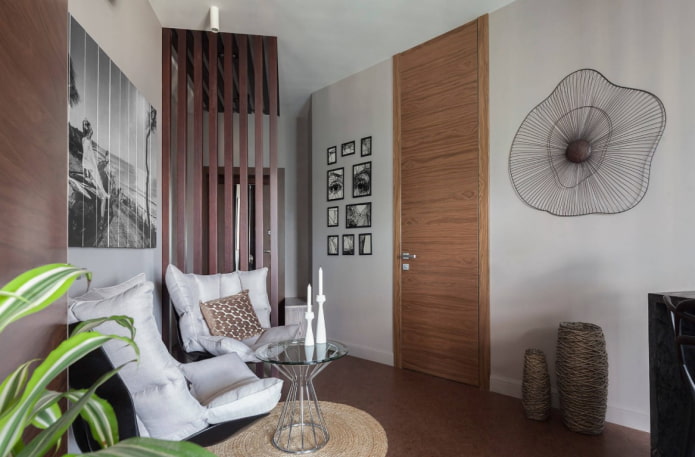
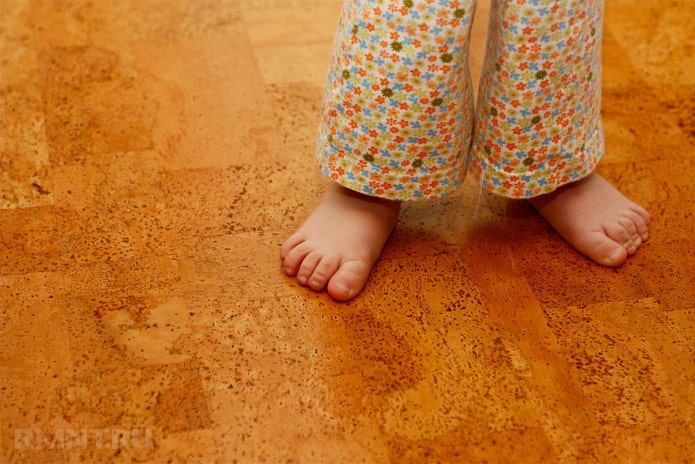

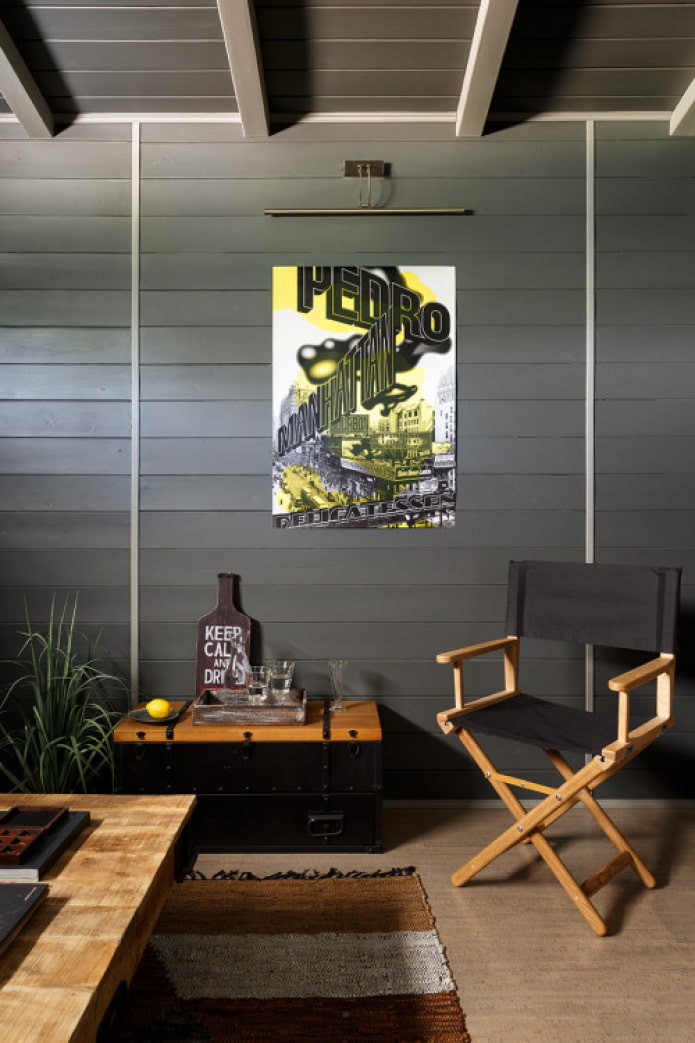
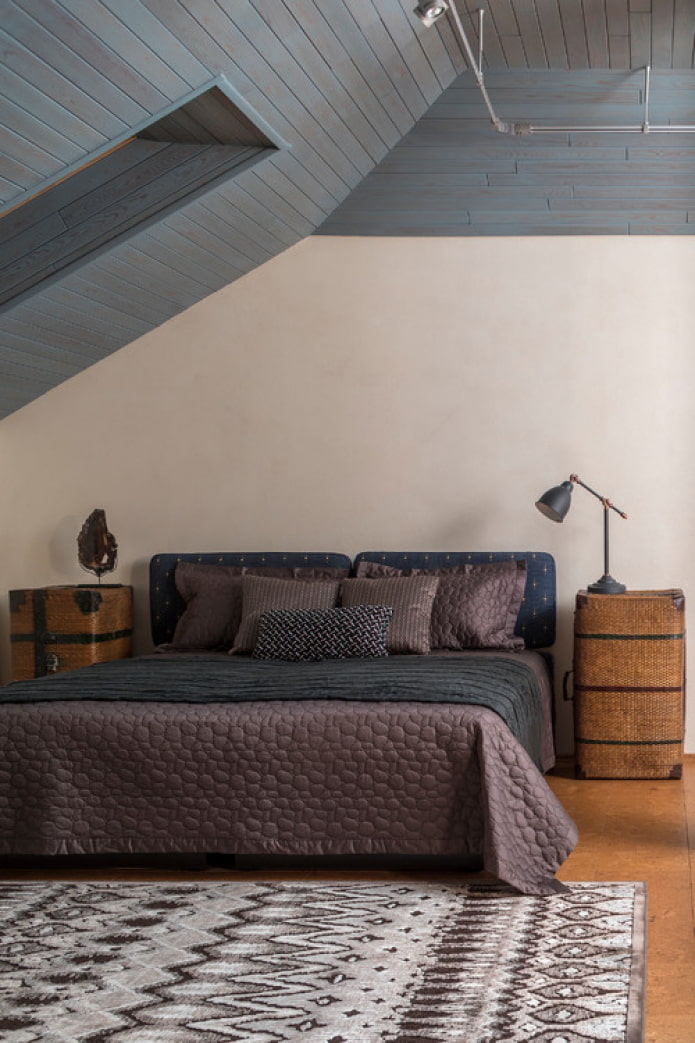
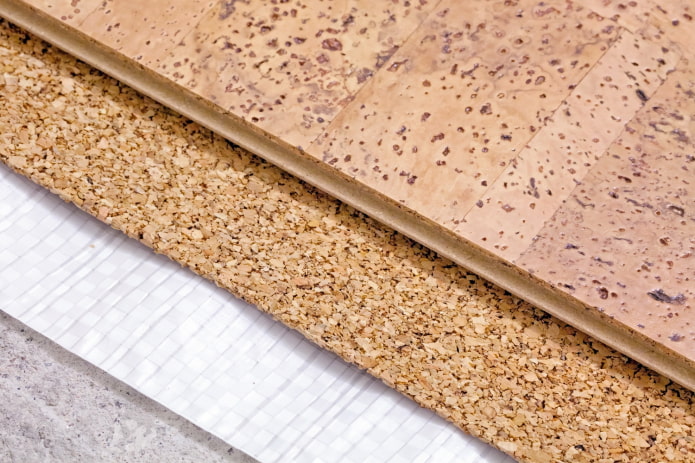


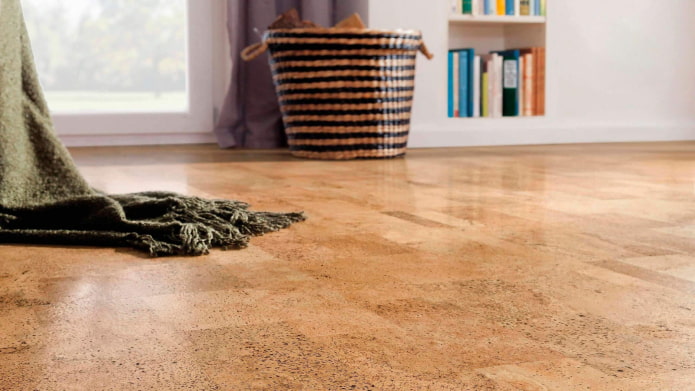
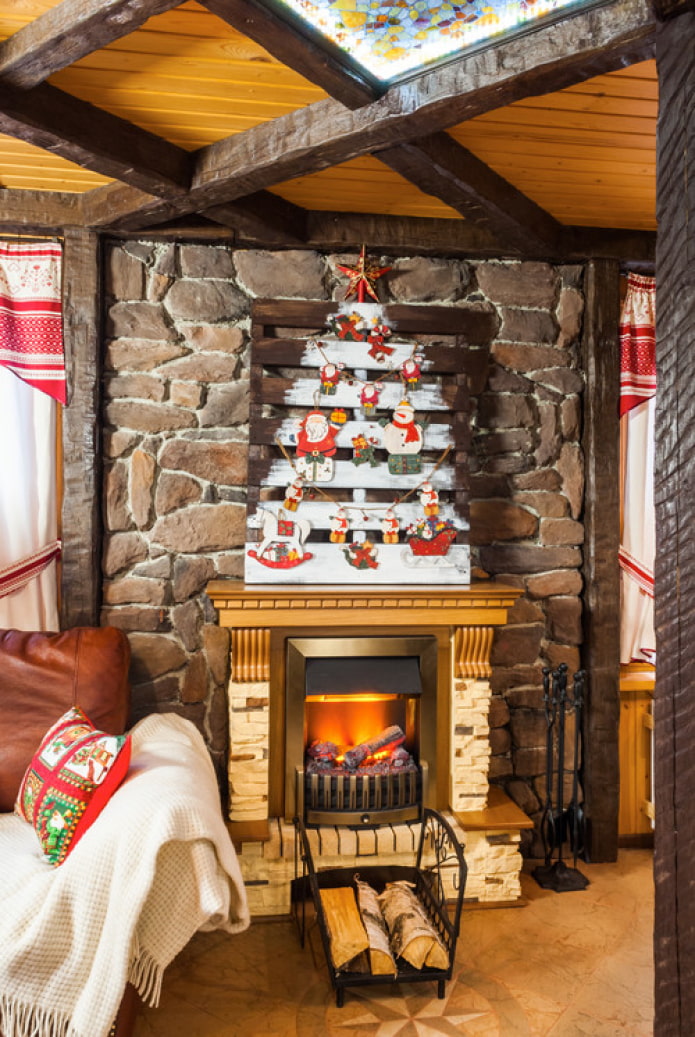

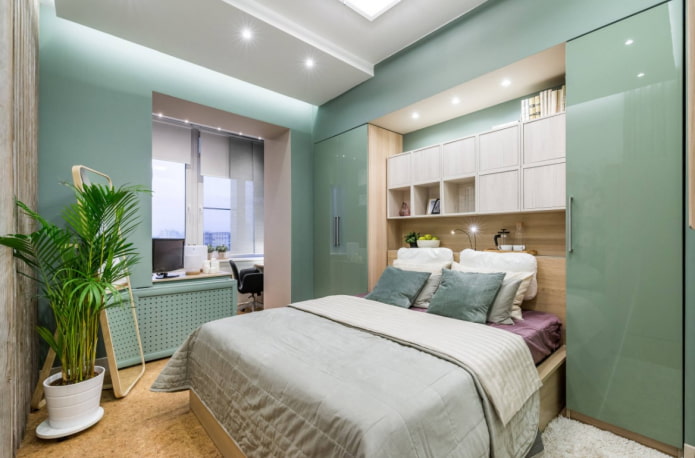
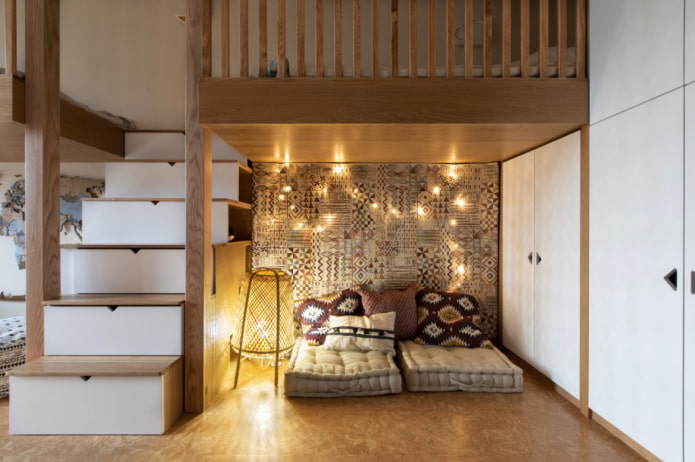
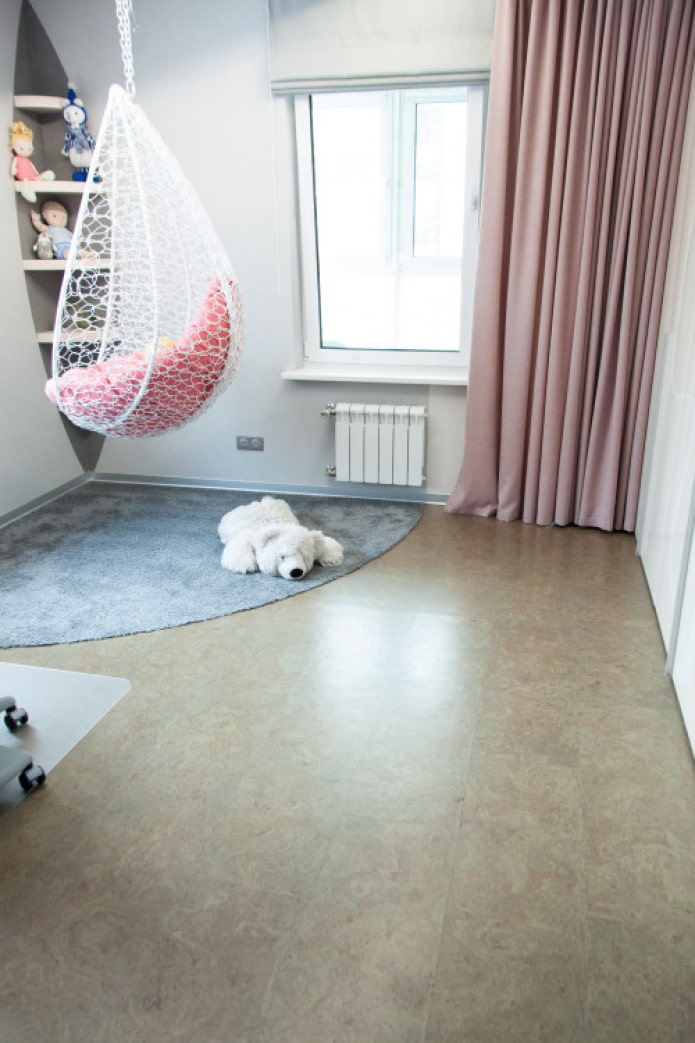
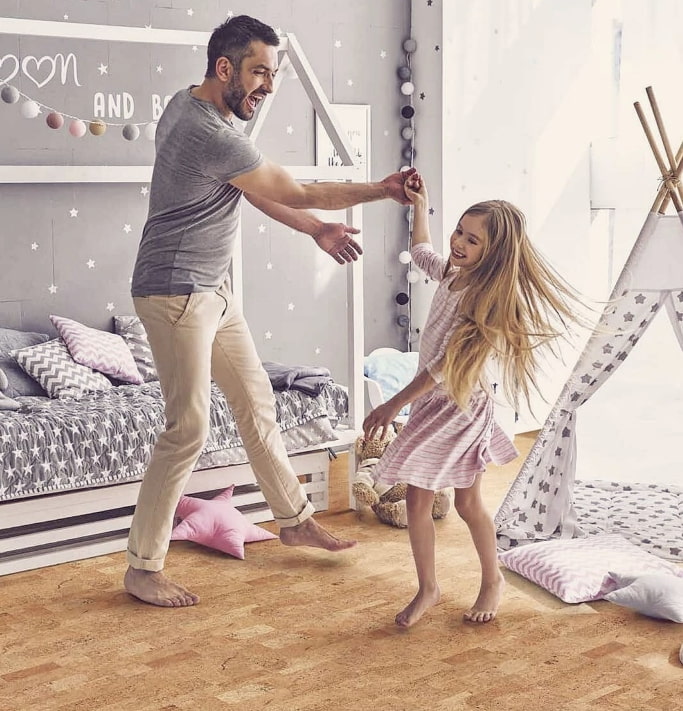
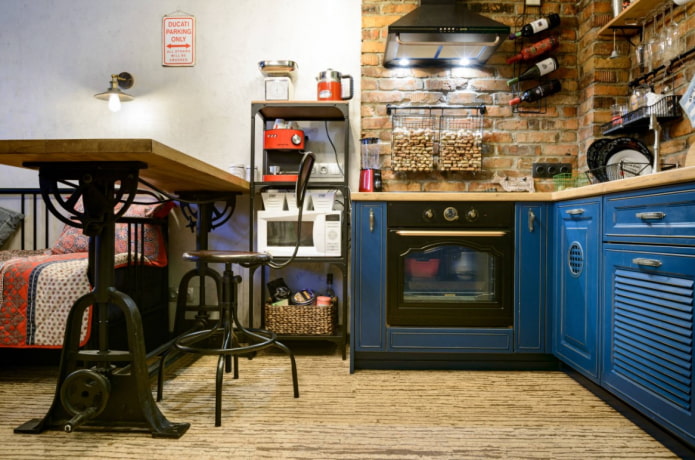

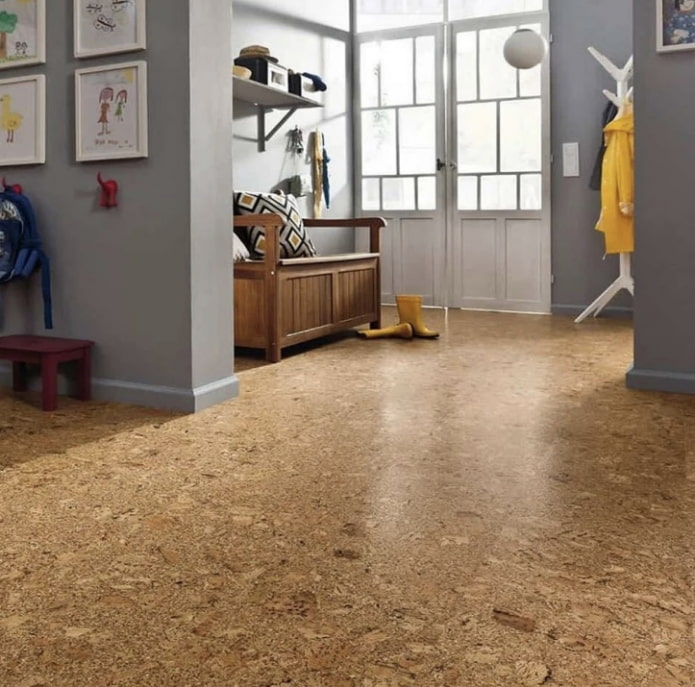
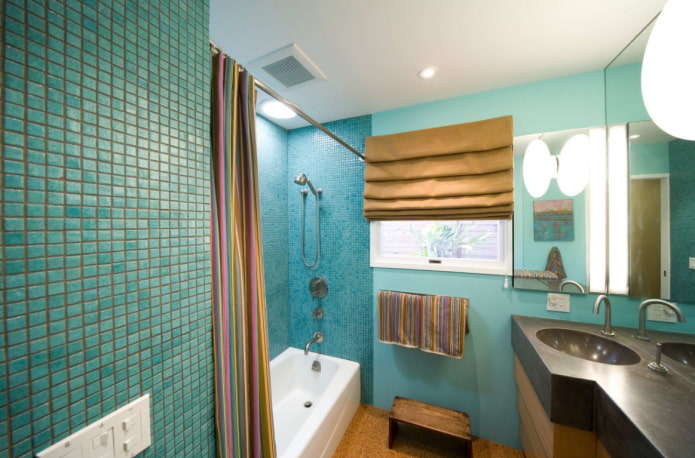
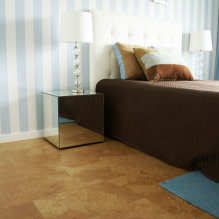
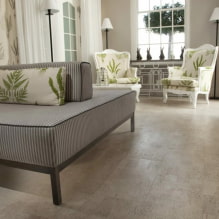
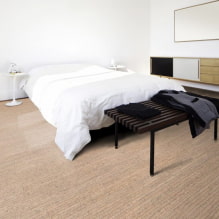
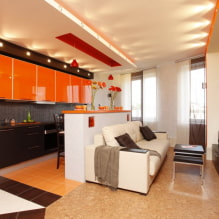
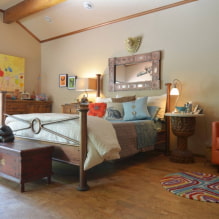
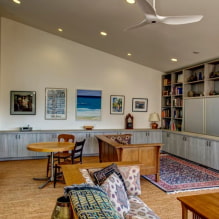
 What is better not to do it yourself during the repair?
What is better not to do it yourself during the repair? Bloated linoleum: how to fix it without disassembly
Bloated linoleum: how to fix it without disassembly The worst decisions in apartment renovation
The worst decisions in apartment renovation  Installation of ceiling tiles: choice of materials, preparation, order of work
Installation of ceiling tiles: choice of materials, preparation, order of work How to glue a ceiling plinth to a stretch ceiling?
How to glue a ceiling plinth to a stretch ceiling? Ceiling plinth for stretch ceiling: types, recommendations for selection
Ceiling plinth for stretch ceiling: types, recommendations for selection